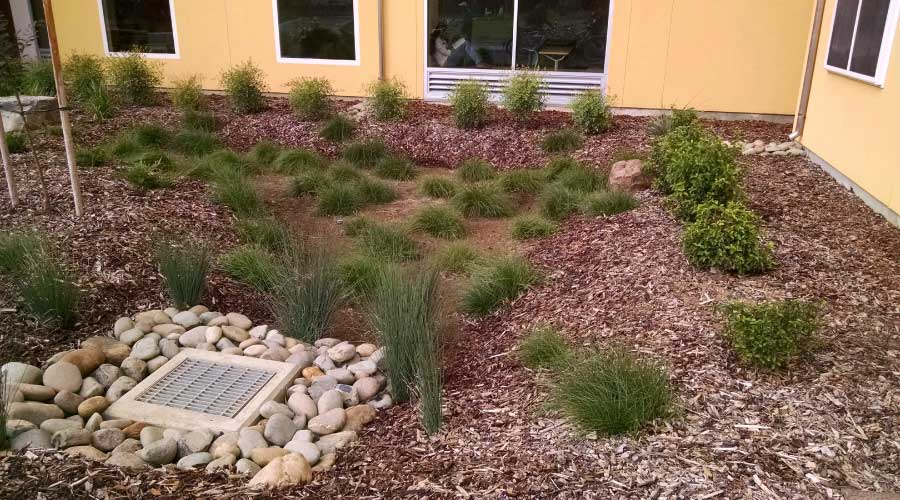Value of Internet of Things to Green Buildings
First part of a 4-part article exploring the promise and challenge of the Building Internet of Things for facilities
In the commercial building space, we have essentially been building our corner of the Internet of Things (IoT) since before it got that name. (IoT is a phrase commonly attributed to Kevin Ashton in 1999.) Our buildings already employ networks of sensors to gather data from the real world, in real time. We have controllers which directly use the data to control processes, and we prefer to do that “at the edge” in a distributed intelligence or distributed control architecture. Data from the sensors and controllers feeds back to software for human supervision, analysis, and intervention. Newer software products operate in the cloud, or offer lightweight mobile or browser apps for specific functions, but more commonly our software has been deployed as a locally installed “monolithic” instance. That is to say, as a single large piece of software from the device manufacturer which attempts to provide enough functionality to satisfy all potential users of the system. These systems are essential for the operation of today’s green buildings.
An examination of a typical modern BAS/EMS or a modern networked lighting control system would indicate that our industry is well on its way up the adoption curve. After all, we’ve been deploying sensors since the first pneumatic thermostat, and we’ve been gathering data from the sensors since the first operator recorded the gauge readout onto a clipboard.
At this point, if the concept of the IoT is old news to us and we’re already participating, should we care? Is IoT just a fancy new marketing word for the same old thing?
Yes, we should care, and no, it’s not exactly as simple as a new spin on the same subject. The potential advantages are large, especially in the arena of sustainable, smart buildings, and the influence of the IoT on commercial buildings will help us run our buildings more efficiently and effectively in the future. In fact, Building IoT applications promise an array of new tools that will be useful in green buildings. That’s why it’s important for facility managers interested in sustainability to understand where the building IoT is today and where it’s headed in the future.
Today, great strides are being made in tiny embedded processing and wireless radios from a number of different industries, and this technology will trickle down into sensors we will deploy in our buildings. Batteries will last longer, devices will become smaller, radios and mesh networks will become more robust, and costs will fall.
Related Topics:













